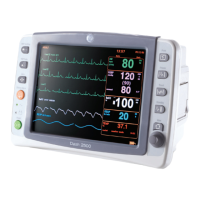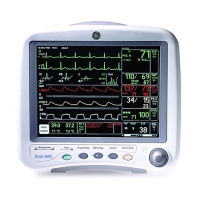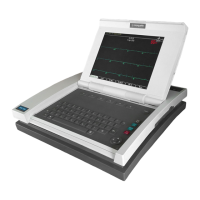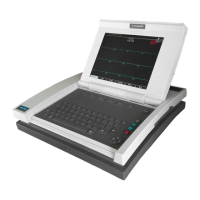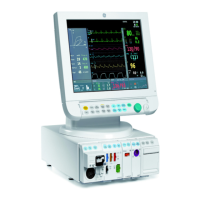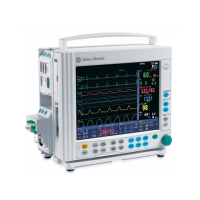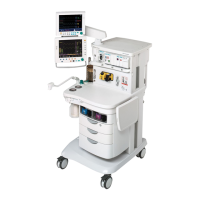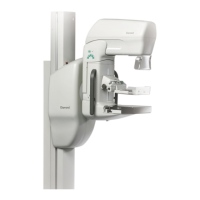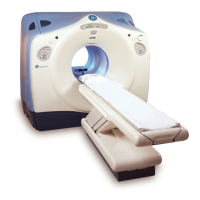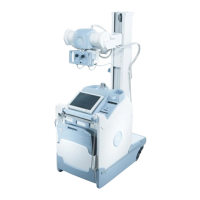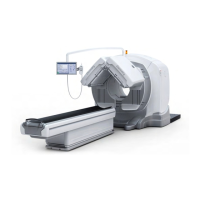9-4 Dash™ 3000/4000/5000 2000966-386D
Monitoring Invasive Pressures
1. Admit the patient to the monitor.
2. Connect a patient cable to the BP patient connector on the monitor.
3. Level transducers according to unit policy. GE recommends the LA/RA level.
4. Remove trapped air from the hydraulic system. For more information, refer to the
manufacturer’s instructions.
5. Zero transducers.
a. Remove all excess tubing between the transducer and the patient.
NOTE
GE recommends zeroing invasive lines at the transducer stopcock only.
Zeroing invasive pressures with excessive amounts of tubing between
the transducer and the stopcock can cause error messages. This will
cause a delay in obtaining invasive parameter information. For more
information, refer to Troubleshooting on page 9-8.
b. Place the transducer at the LA level (phlebostatic axis).
c. Close the transducer stopcock(s) to the patient.
d. Open the venting stopcock(s) to the air (atmosphere).
e. Press the Zero All key.
f. Verify that the zero reference is established.
g. Close the venting stopcock(s) to the air (atmosphere).
h. Open the transducer stopcock(s) to the patient.
6. Position the catheter in the patient.
7. Verify that patient data displays in the pressure parameter window.
8. Verify that a good quality waveform displays.
9. Adjust the control settings as necessary.
Control Settings
To adjust the control settings for the patient admitted to the monitor, select the
pressure parameter window label. Then select any of the following options and make
the desired changes.
NOTE
All changes are temporary and revert to the factory or custom defaults when the
patient is discharged. To permanently change the these settings, refer to Defining
Custom Defaults on page 3-7.

